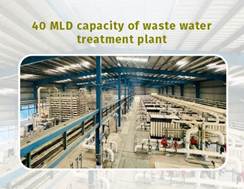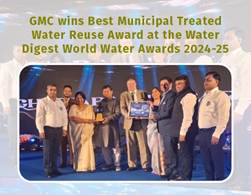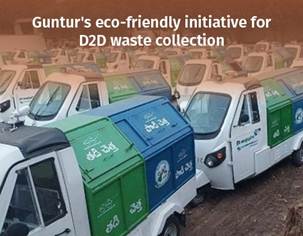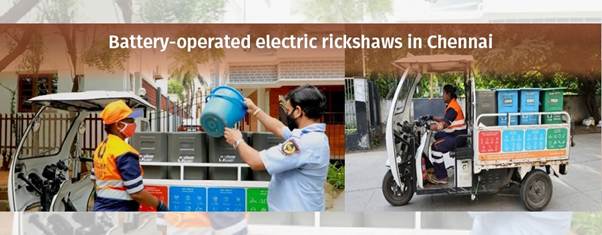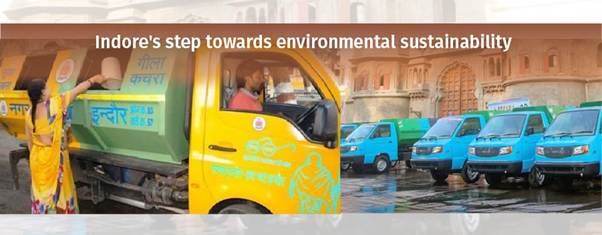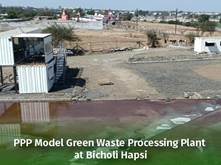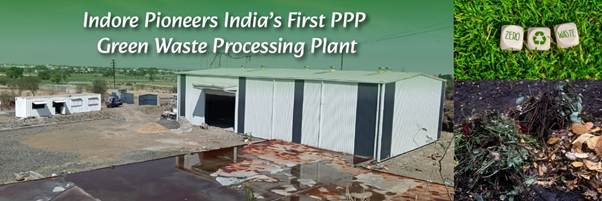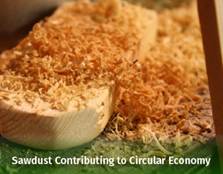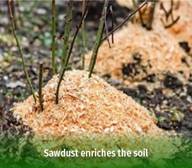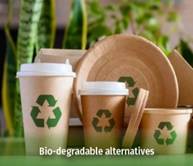Under Swachh Bharat Mission-Urban (SBM-U 2.0), Central Share (CS) of funds are released to the States/UTs on the basis of receipt of action plans under its various components i.e. Toilet Construction (IHHL/CT/PT), Used water management, Solid Waste Management, Information Education Communication & Behaviour Change (IEC&BC) and Capacity Building & Skill Development (CB&SD), duly approved by State Level Technical Committee (SLTC). These action plans are finally approved by the National Advisory and Review Committee (NARC) before the Central share funds are released to the States/UTs. The next installment of CS funds is released on the basis of utilization of available funds by the States/UTs and physical progress made. With the introduction of SNA-Sparsh w.e.f. October, 2024, CS funds are provided through an integrated framework of PFMS, State IFMIS and e-kuber platform of Reserve Bank of India (RBI) on the basis of actual bills/claims raised by the State at various level. During current year, claims for ₹811.36 Cr have been raised so far by the State/UTs through SNA-Sparsh under SBM-U 2.0 strictly as per utilization and requirement of State/UTs.
Comptroller and Audit General (C&AG) of India is the constitutional authority responsible for all government accounts including those of the states. The reports of CAG are available at https://cag.gov.in/en/audit-report. No separate audit is made for urban sanitation activities under the Mission. The financial progress under the SBM-U is monitored through utilization certificate (UC) to be furnished by the State/UTs upon utilization of funds available. Out of Rs.6,876 Cr released under SBM-U 2.0, utilization certificate amounting to Rs.2,029.09 Cr have already been received from the States/UTs.
Under SBM - Urban 2.0, 152 Towns (National Clean Air Programme (NCAP) cities + > 5 lakh population ULBs) are eligible additional central assistance for procurement of mechanized road sweepers (MRSs). Action plans have been received from 113 NCAP cities/ ULBs for procurement of 580 Mechanical Road sweepers with total project cost of ₹323 Cr having central share of ₹96 Cr and the same has been approved so far.
Swachh Bharat Mission – Urban (SBM-U) 2.0 has been launched in October 2021, inter alia with an objective of creating Garbage Free Cities, through 100% door to door collection, segregation and scientific management of all fractions of waste. The mission also emphasises on remediation of all legacy dumpsites and converting them into green zones. The Mission supplements the efforts of States/ULBs in complying with the Municipal Solid Waste Management (SWM) Rules 2000 by providing Additional Central Assistance technical and managerial support.
As reported by States/UTs on Swachhattam portal, a total of 1,62,468 ton per day (TPD) of Municipal Solid Waste is generated in the urban areas of the country. Out of which 1,30,484 TPD is processed. i.e. against 16% waste processing in 2014, the current processing capacity has increased to 80.31% by setting up of waste processing facilities such as Material Recovery Facilities (MRFs), transfer stations, composting plants, Construction and Demolition (C&D) waste plants and waste to energy plants including waste to electricity, bio-methanation plants etc. As of now, 7783 solid waste processing facilities have been established. State-wise waste processing facilities are available on website at https://sbmurban.org/swachh-bharat-mission-progess.
A total of 2478 dumpsites (with more than 1000 tonne of waste) 25.04 Cr. MT of waste have been identified for remediation. So far, 1096 dumpsites have been remediated completely and 986 sites are under progress. A cumulative of 15.20 Cr. MT (61%) of waste has been remediated and 7903.47 Acres (52%) land has been reclaimed.


